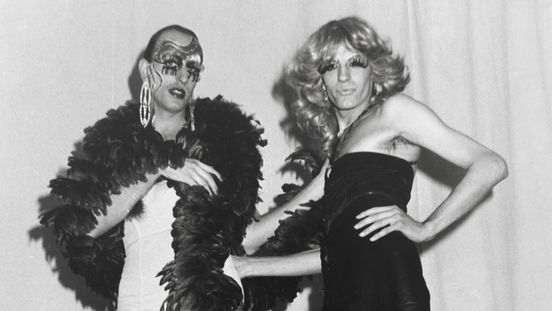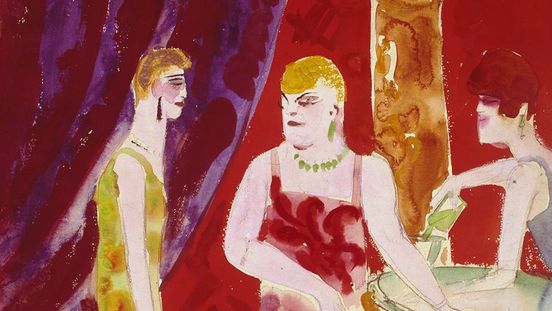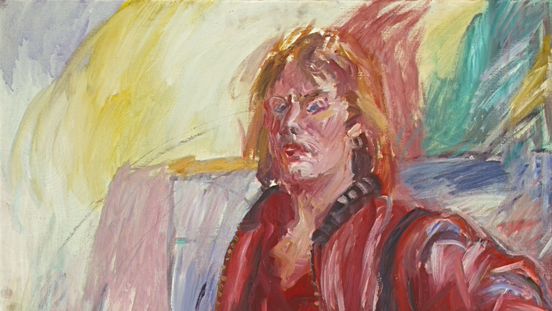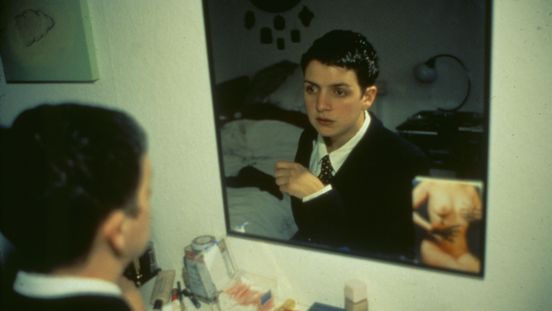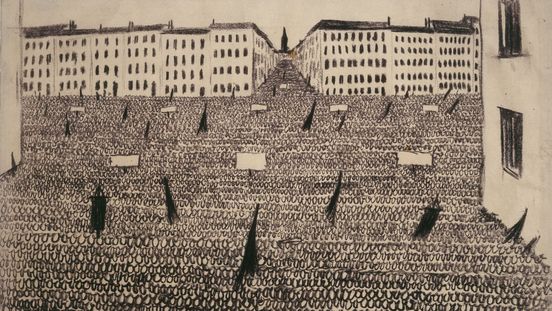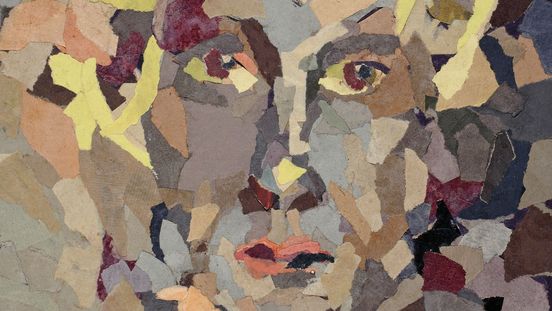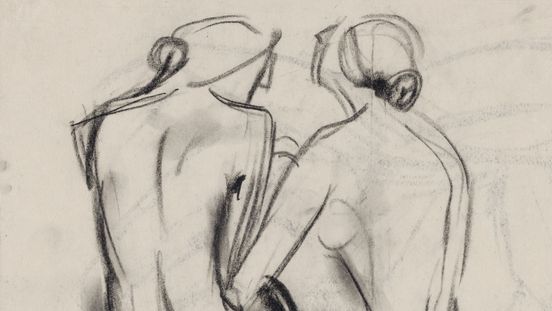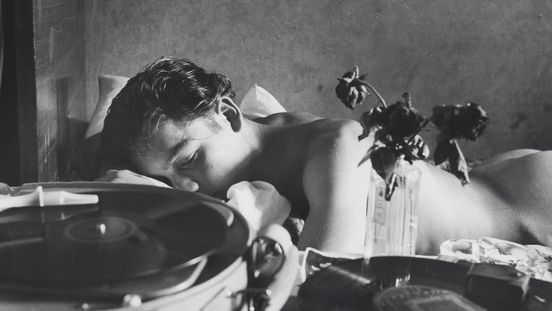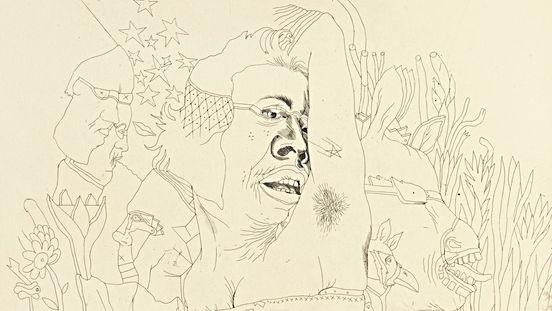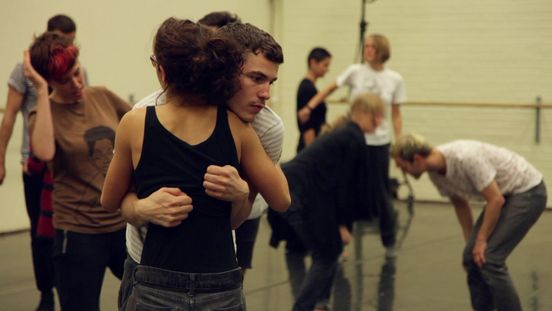Tabea,
When I saw your piece "Dixie Marine", I found myself thinking at length about the representation of LGBTQI* people.
The drawing shows a masculine-presenting individual who does not correspond to conventional notions of masculinity. You show us a member of the navy covered in tattoos. If I take a closer look, I see that the tattooed images are very playful, some of them apparently homoerotic. His soft features give a femininity to his face. I can see that your depiction draws on the aesthetics of the queer scene.
My eyes wander further and I notice the brown dildo in his hand. His trousers are unzipped, but his crotch is hidden by a shark tugging a fish off a fishing line. I briefly think of 1950s “Beefcake Art”, which portrayed muscular male bodies for gay viewers, and in which sailors became a particular trope. I get the impression that your aim is not to arouse viewers, but to alert them to the iconography of the gay community’s sexualisation of the gay body.
You are well-known for making space in your art for marginalised, non-normative figures. I am delighted to see a representation of a queer body. Where I struggle is when I look across your oeuvre and ask myself why there isn’t more space for Black people, Indigenous people and other People of Colour (BIPoC). The image we have built of our communities is characterised by whiteness and the white gaze. I believe that if we incorporate BIPoC voices more actively in our representations, or allow them space to represent themselves, we can create a new “we” and thus bring visibility to BIPoC people who have done crucial work all along in the fight for LGBTQI* rights.
Thank you,
Max
